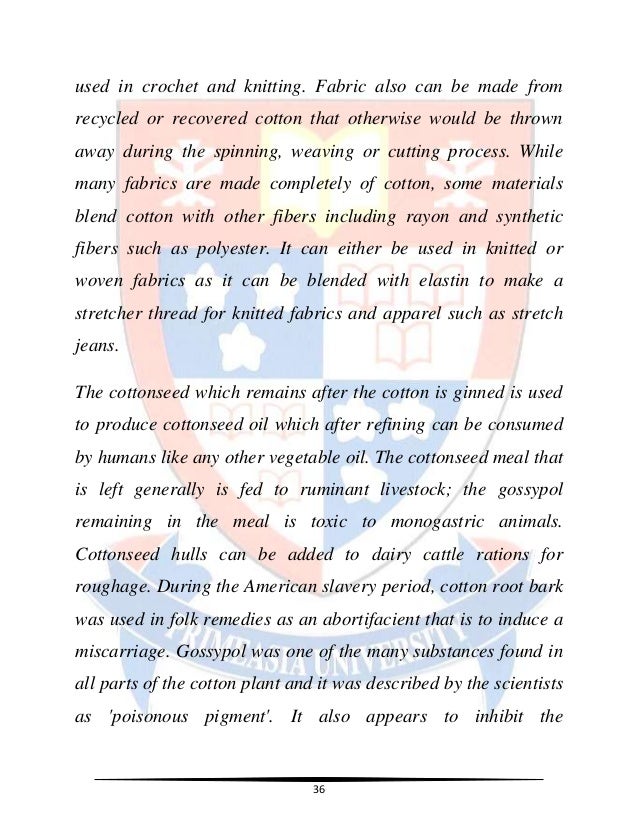Polyester Yarn Dyeing Process Pdf
Introduction: Dyes are coloured, unsaturated organic chemical compounds capable of giving colour to a substrate (a textile), i.e. Colouring or dyeing it. The term “” have been applied to the organic colouring substances which are free from ionizing groups, are of low water solubility and are suitable for hydrophobic fibres.
Disperse dyes have substantivity for one or more hydrophobic fibres e.g. Cellulose acetate, nylon, polyester, acrylic and other synthetic fibres. Readymade 100 Project Manual Pdf. The negative charge on the surface of hydrophobic fibres like polyester can not be reduced by any means, so non-ionic dyes like disperse dyes are used which are not influenced by that surface charge.

History of Disperse dyes: In 1922, Green and Saunders made one type of coloured azo compound, in which a solubilizing group (for example- methyl sulphate, -CH2-SO3H) is attached to amino group. In dye bath, they are slowly hydrolyzed and produce azo compound and formaldehyde bi sulphate. This free azo compound was capable of dyeing cellulose acetate fibres. This dye was named “ionamine”. But this ion amine did not give satisfactory result in dyeing. Later in 1924, Baddiley and Ellis produced sulpho ricinoleic acid (SRA) for dyeing acetate fibres.

Yarn Spinning; Jute Spinning; Fiber. Polyester Dyeing. The dyeing of hydrophobic fibers like polyester fibers with disperse dyes may be considered as a process. Tw Cen Mt Condensed Extra Bold Font Free here. Polyester is a man made fiber. Man made fiber dyeing is easier than cotton dyeing. The dye absorbency power of man made fiber is more than natural fiber.
Windows 7 Iso The Pirate Bay Top. BLENDING COTTON AND POLYESTER FIBERS-. Effects of Drawing Process and Drawing Speed on Yarn Evenness. Be created by the use of cross-dyeing to introduce two.
This SRA was used as dispersing agent. Later it was seen that SRA was capable of dyeing Nylon, polyester, acrylic etc.
In 1953 this dye was named as “Disperse Dye”. Properties of Disperse Dyes: • Disperse dyes are nonionic dyes.
So they are free from ionizing group. • They are ready made dyes and are insoluble in water or have very low water solubility. • They are organic colouring substances which are suitable for dyeing hydrophobic fibres. • Disperse dyes are used for dyeing man made cellulose ester and synthetic fibres specially acetate and polyester fibres and sometimes nylon and acrylic fibres.